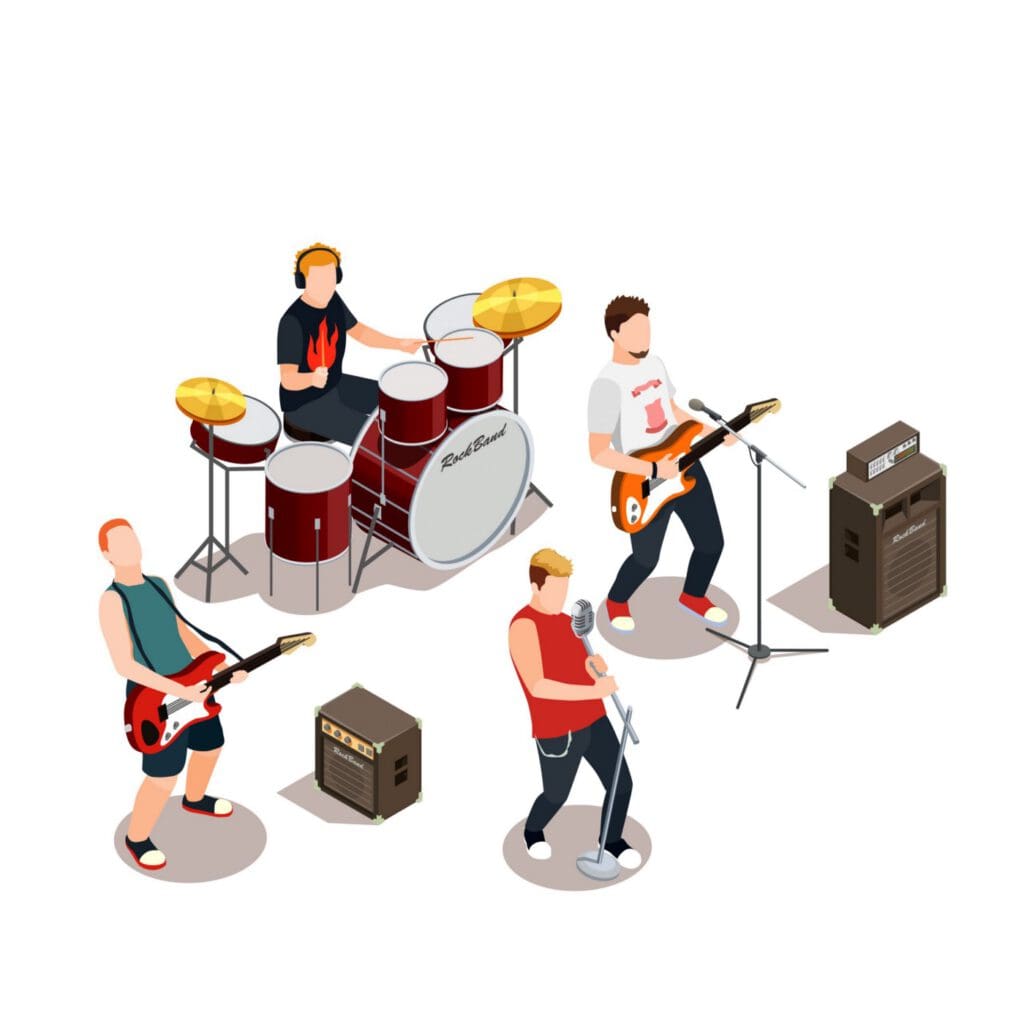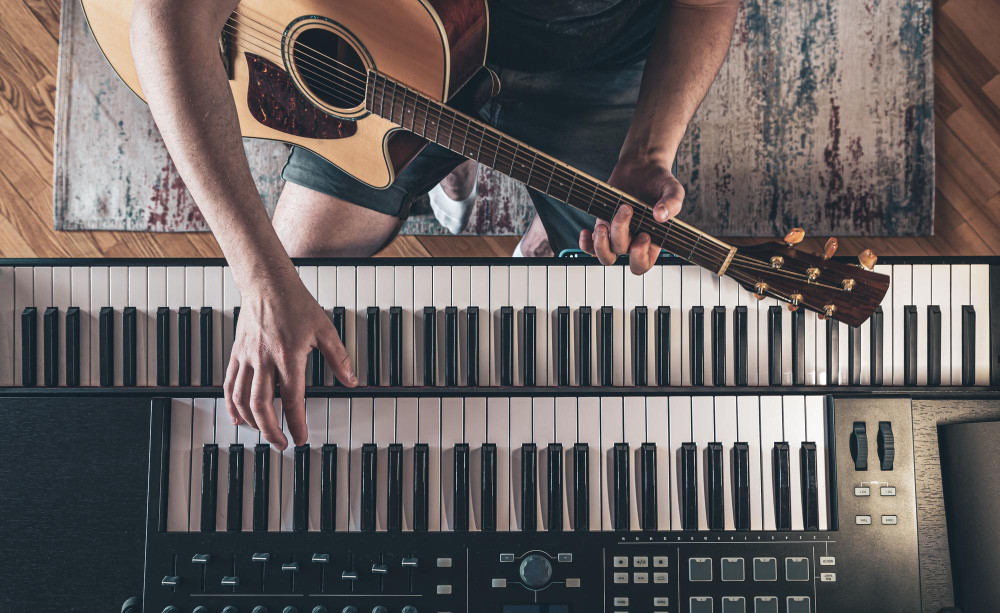Let us first all take a moment and appreciate the labor and creativity that goes into composing a piece of music. Accept it or not, most of us, at some point in our lives, have wished to create a track all by ourselves that reflects our solitary taste and complements our interpretation of the same. While few among you have successfully engaged in fabricating music for professional obligations, the rest are still attempting to delineate a definite direction to begin their journeys on. If you belong to the latter category of our consideration, then here’s how you can learn to compose music, and that too, from scratch.
First things first, in order to create great music, you must be acquainted with all its notches and pay attention to every intricate detail that plays a major role in the composition. Music is the true essence of life; when the faculty of language fails to communicate our innermost feeling, that’s when music comes into play. It is fundamentally intimate and subjective and, thus, must uphold the eccentric character and personality of the one who is formulating it. This is what sets each composer apart from the rest; their source of inspiration and notions are quite distinct from their contemporaries and in this very dissimilarity, lays the true quintessence.

The preliminary skills
According to us, all the budding composers regardless of their experience in the field of music should master the prerequisites of at least one instrument. The reason underlying this claim is that when you know your equipment well, modifying the notes and altering the tempo wouldn’t be graver than a mere cakewalk. The key to composing good music lies in improvisation which, in turn, must be coupled with arrangements and music production to make way for an unparalleled melody. Every music enthusiast around the world collectively hails Mozart as the greatest composer of all time and justifiably so; to him, the foundation of composing good music lay in knitting improvisations on the instrument with the original specimen. The more you improvise, the better will your composition will turn out to be, but for that to develop, you must know well the instrument you are playing on.
Hearing and memory
The term “earworm” refers to the phenomenon when a song or tune is stuck in your head for long, and no matter how hard you try, getting rid of it seems excruciating. However, according to ace-composers, if you can literally hear music play even when it is not, your inner hearing aptitude works efficiently. This implies that the component of inner hearing qualifies as an effective apparatus for both composers and performers because through this, you can firstly, improvise your pieces and secondly, play it on your instrument to realize if it is adhering to the one in your head. Furthermore, you can also try to voice the inner hearing by employing the solfege syllables of do, re, mi, fa, sol, la, ti. Once you know which recourse suits your purpose the best, note it down and then begin with its modification.
Harmony and rhythm
When talking of harmony in music, we cannot steer away from accepting that music can indeed exist isolated from harmony and this trend is known as monophony, meaning, it consists of only one flat sound. Nevertheless, when some other harmony precedes the first one and counters it throughout the song, the arrangement is called polyphony. Other than a few traditional and classic samples, most of the music we hear today consists of polyphony because this is from where versatility vents into the song. Let us not forget that a simple bass line is also tagged with the label of harmony; hence, even if we procure monophony with a bass line, it will be transformed into a polyphony. Like every other mechanism in the world, music too revolves around an epicenter. This epicenter is where all the harmonies flow and amalgamate into and to put forward your creation as a whole, all the chords, no matter how divergent they are, should be drawn towards the center.

The best part about arranging chords is embedded in the verity that no rule dictates this collection; there are neither any confined strategies to follow nor any archetypal progression. This is principally where, as a composer, you can make the most out of your creativity and understanding of music – the combination can start from anywhere, be followed by anything and end at any point. Nonetheless, when you are creating chord progressions, ensure that the phrasing and form have been appropriately implemented in it.
Chord scale and melodies
The notes of music too, just like the chords, are open to endless creativity; however, the only catch here is that the former should be related to one another in some way or the other; otherwise the track will sound exceedingly odd. This is why we would recommend you to start by improvising the pre-existing tracks rather than focusing on an original version. But, if you still want to stick to your decision of creating a unique exemplar, we are with you! Melody, above all, is the movement of the song – all the highs, lows and intermediates when pooled in together forms melody. The movement of the melody can either be traced through a half or whole step or leap. The leaps further can be small or large, in the form of an interval, depending upon its rhythm; also, remember that every melody note gravitates towards the chord that runs parallel with these notes (key of the moment).
The duration of each of the melody notes majorly functions to adjust the note density; while some notes move in short duration treading across each step towards the target, others come with a longer duration that is also called the target notes.
Form of music
Outlining the form will eventually turn out to be the most interesting part of music composition, and here is an elaboration of the same. Quite unlike its conventional definition, the form of music indicates the separate parts of music including, verse, section, interlude, stanza, refrain, intro, and outro. This confirms that the longer the song is, larger would be its sections. Moreover, if any section doesn’t repeat itself during the entire piece, then the occurrence is designated as “through-composed”. But, like we all know, creating different sections for a single song seldom happens and, reversely, repeats themselves to emphasize the core subject.
As hardcore music lovers, we cannot think of a better way of giving it back to the industry apart from composing a track of our own, and now that you are familiar with all its elemental stages, grab your instrument and a notebook and take the leap of faith to see where it ultimately leads you!
If you are looking for an easy way to write down sheet music for you, check out our tools Piano2Notes and Guitar2Tabs.

